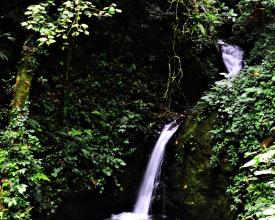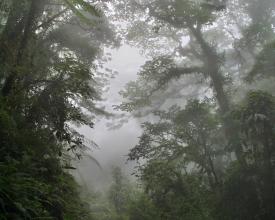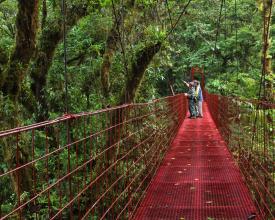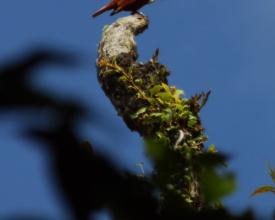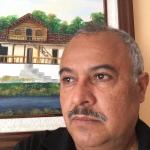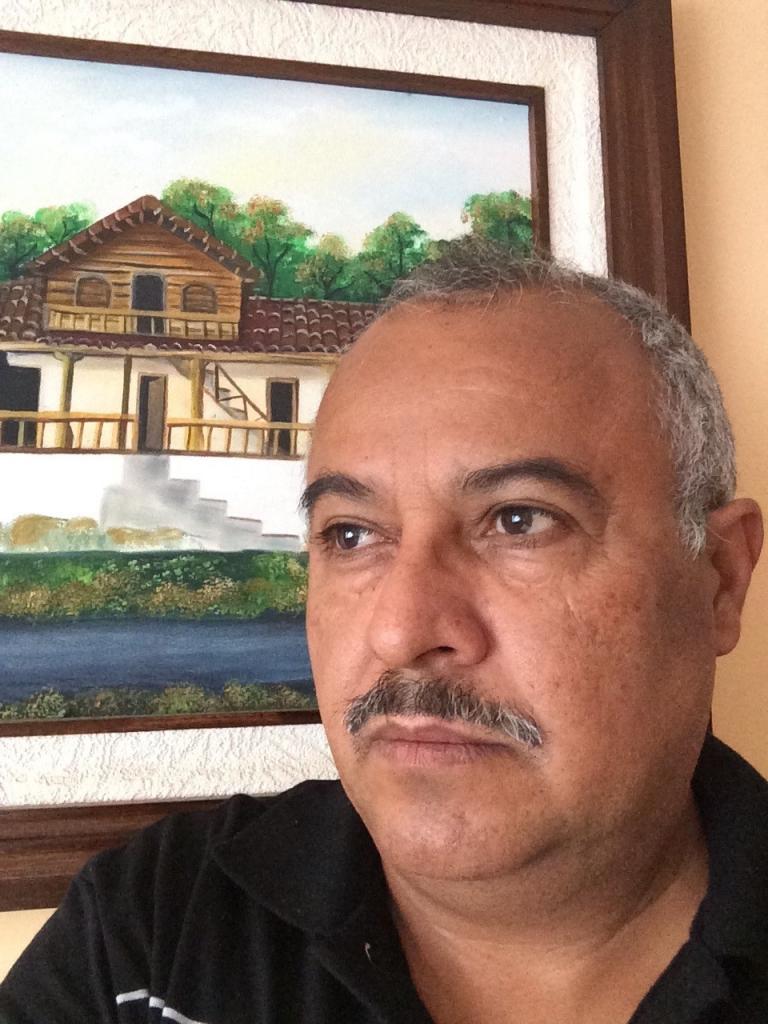
Monteverde Cloud Forest Biological Reserve, a private protected area as a management model and contribution to the region's economy
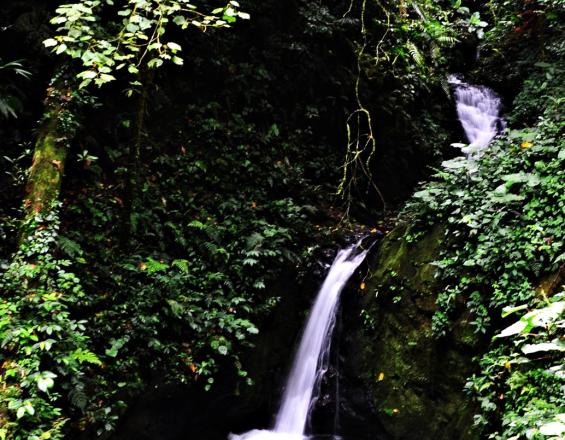
The creation of the Monteverde Cloud Forest Biological Reserve of the Tropical Science Center in 1972 marks a milestone in the region's economy. The arrival of scientists and tourists to learn about the ecosystem has generated that its population sees an opportunity to improve their standard of living.This progress is evident through the arrival of more than 100,000 visitors to the reserve, allowing the locals to offer lodging and food services, becoming tour operators and thus generating a transfer ofThis progress is evident through the arrival of more than 100,000 visitors to the reserve, allowing locals to offer lodging and food services, thus becoming tourist operators and generating a transfer of their agricultural and livestock activities to the tourism industry and, in some cases, adding these activities to their agricultural and livestock activities and increasing their family economy.
Currently, all of the residents are related in some way to tourism, which is due to the creation of this protected area.
Context
Challenges addressed
Location
Impacts
- The inhabitants of the region are moving away from being hunters/extractors of cloud forest products to become tourism operators, with the understanding that it is more beneficial to offer tourism services and facilities than to extract products from the forest and cut it down.
- Many of the private landowners in the region have put aside pasture production and allowed its conversion to forest, improving the forest cover of the region.
- The Monteverde forest, having been protected by the Tropical Science Center and other organizations, has become a carbon sink, helping to minimize the adverse effects of climate change.
- This forest supplies the water discharged into the country's largest lagoon, which generates 50% of Costa Rica's electricity.
- The protection of the Monteverde Cloud Forest ecosystem, its associated fauna and flora, as well as the Resplendent Quetzal and the more than 500 species of orchids, mean that the reserve is visited by more than 100,000 people a year, contributing to the economy of the region and the country.
- The reserve conducts an average of 25 investigations per year and has been working for more than 25 years in environmental education, protecting more than 4,000 thousand hectares of forest.

